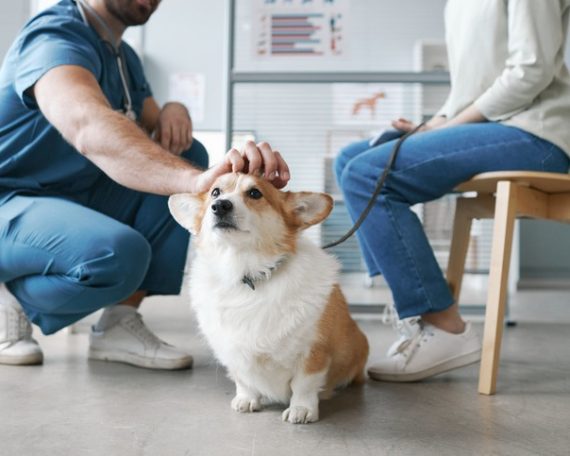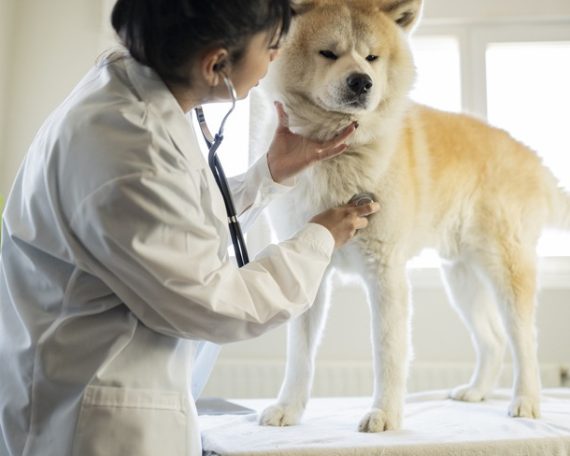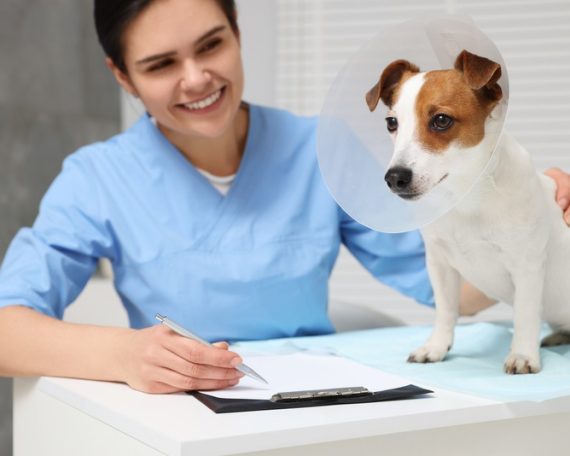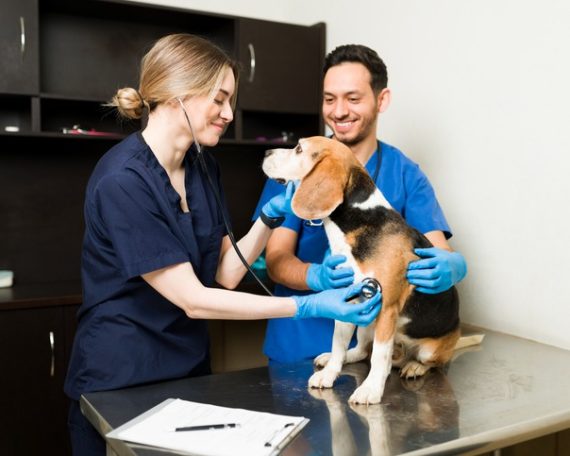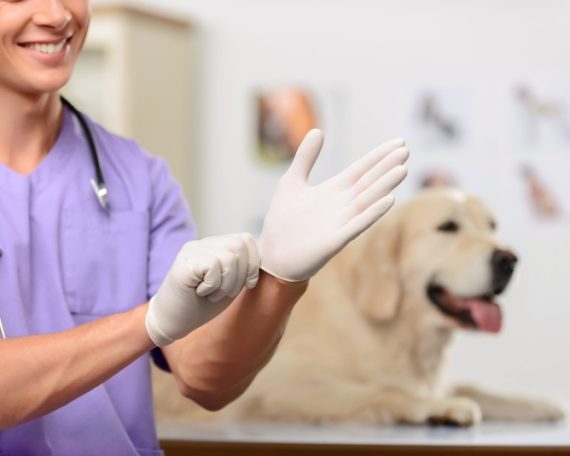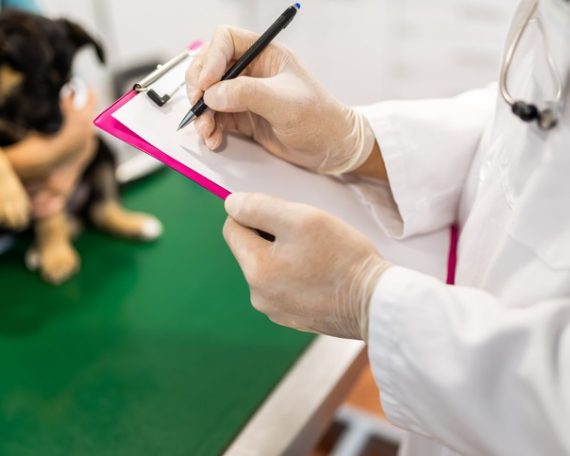How to Calm Your Pet’s Anxiety During Veterinary Visits
Visiting the vet can be scary for pets. To reduce their stress, plan and try to soothe their fears. Some tips include bringing their favorite toy, using a comforting blanket, and offering treats. Getting pets familiar with their carriers and car rides can also help.
During the visit, stay calm to show them there’s nothing to worry about. For more anxious pets, consult your vet about calming products or techniques. With patience and care, vet visits can become more manageable for your beloved animals. Remember, a calm pet will have a better experience and be able to receive the needed care with less hassle.
How to Calm Your Pet’s Anxiety During Veterinary Visits
To ease your pet’s anxiety during vet visits, get them used to their carrier or car rides with short, positive trips. Use comfort items like favorite toys or blankets to make them feel secure. At the clinic, bring treats and maintain a calm, reassuring demeanor. Familiarize your pet with being handled through gentle touch and rewards at home.
Schedule vet appointments during less busy times to reduce stress from other animals and noise. Positive reinforcement for calm behavior can help, and talk to your vet about anxiety-reducing options if needed. Gradually, your pet can learn that vet visits are not threatening.
1. Gradual Acclimation
Introduce your pet to the idea of vet visits gradually. Start with short trips to the vet’s office without any medical procedures.
-
Take a few brief visits where your pet can explore the waiting room.
-
Give positive reinforcement with treats and praise during these visits.
-
Let your pet meet the staff to build trust.
The goal is to familiarize your pet with the environment so that it becomes a less intimidating place.
2. Use Calming Products
There are various products available that can help reduce anxiety in pets. Consider using:
-
Calming sprays or diffusers with pheromones.
-
Thundershirts or calming wraps to provide a sense of security.
-
Your vet suggests natural supplements or prescribed medications.
3. Comfortable Car Rides
The journey to the vet can be stressful for pets. Make car rides more comfortable by:
-
Use a carrier that’s familiar and comfortable for your pet.
-
Securing the carrier with a seatbelt to prevent any sudden movements.
-
Playing soft music or using pet-friendly travel apps to soothe them.
4. Positive Reinforcement
To make vet visits less stressful for your pet, give them treats, kind words, and cuddles. Do this before you go, while you’re there, and when you return home. This way, your pet starts to link the vet with good things happening. They’ll feel happier about going and might not be as scared. Remember, the goal is to help your pet think of the vet as a friend, not a place to fear.
5. Bring Comfort Items
When pets are in new or unfamiliar settings, they can get anxious. To help them relax, items from home that have a recognizable smell can be very comforting. This could include a blanket they often sleep on, a toy they play with regularly, or any other item that carries the scent of home. This scent reminds them of their safe space and can significantly calm their nerves, making them feel more at ease even when they’re not in their usual environment. Familiar smells provide pets with a sense of security and familiarity amidst the unfamiliar.
6. Stay Calm Yourself
Pets often pick up on their owner’s emotions. Stay calm and relaxed to provide reassurance.
-
Speak in a soothing tone.
-
Avoid appearing nervous or anxious.
-
Maintain a positive attitude throughout the visit.
7. Choose the Right Vet
Find a vet who understands pet anxieties and uses gentle handling techniques. A professional vet Hattiesburg can significantly impact your pet’s experience.
8. Medical Methods
Sometimes, your vet may suggest medications to help calm your pet. Always discuss options and follow the vet’s advice.
9. Practice At Home
If your pet has a particular fear, such as having their paws handled, practice at home to build their tolerance. Use treats and praise to reward progress.
For example, if you need young vet experts, it’s best to search online for kitten and puppy vet near me for further information. Professional and gentle handling by young vets can significantly help ease your pet’s anxiety.
10. Follow-Up and Reward
After the visit, continue offering rewards and creating a relaxed home environment. This helps reinforce positive behavior and reduces future anxieties.
It’s also essential to keep up with vaccines for pets. Staying on top of veterinary care ensures your pet remains healthy and builds a positive routine around vet visits.
Final Thoughts
To help your pet feel less anxious at the vet, gently get them used to visits. Regularly handle them in ways similar to what the vet does and give them treats and praise for good behavior. Choose a patient and understanding vet. Stay calm during visits, as pets can sense your emotions. A peaceful approach can relax your pet during check-ups, which is essential for their health.


